Here you can see some of the cameras and lenses past and present that I have used to take photographs which appear on this site, contents of this page will alter as cameras and the such like join or leave the fold.
I would like to bring attention to somewhere where I not only have most of my film developed and had help on my photographic journey, but where you can find a myriad of cameras and accessories and friendly service.
This is Keith Sanderson Cameras in Northallerton.
Click here to see more details about where to find the shop.
Cameras & Lenses
Boots (Beier) Beirette VSN
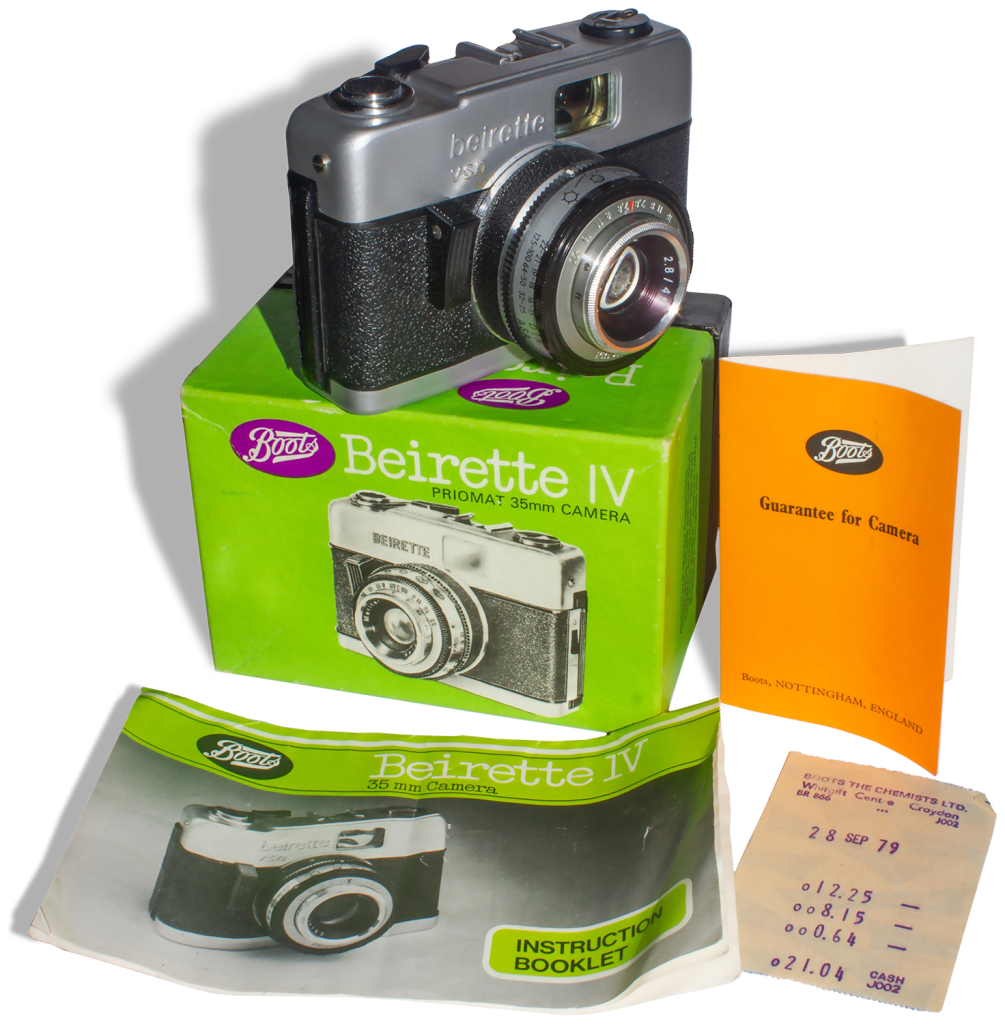
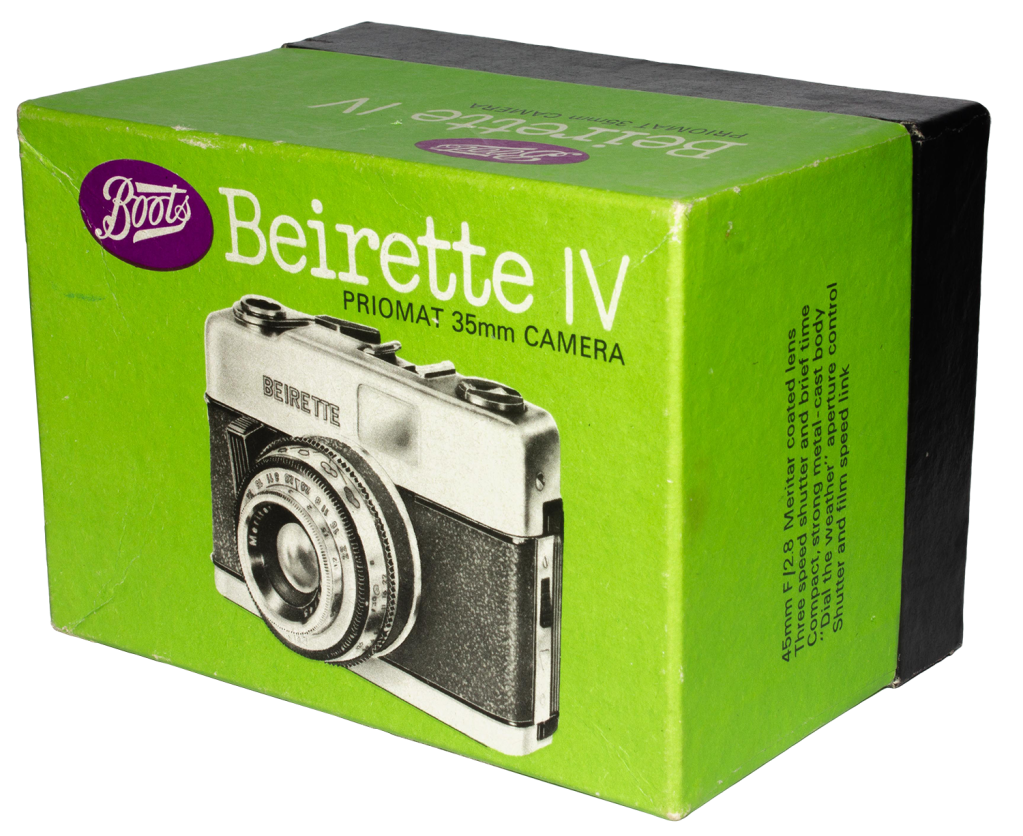
Sold in the 1970s the Beirette VSN (or as marketed by Boots the Beirette IV) is an interesting camera. It’s a simple design and was part of a varied range of these cameras.
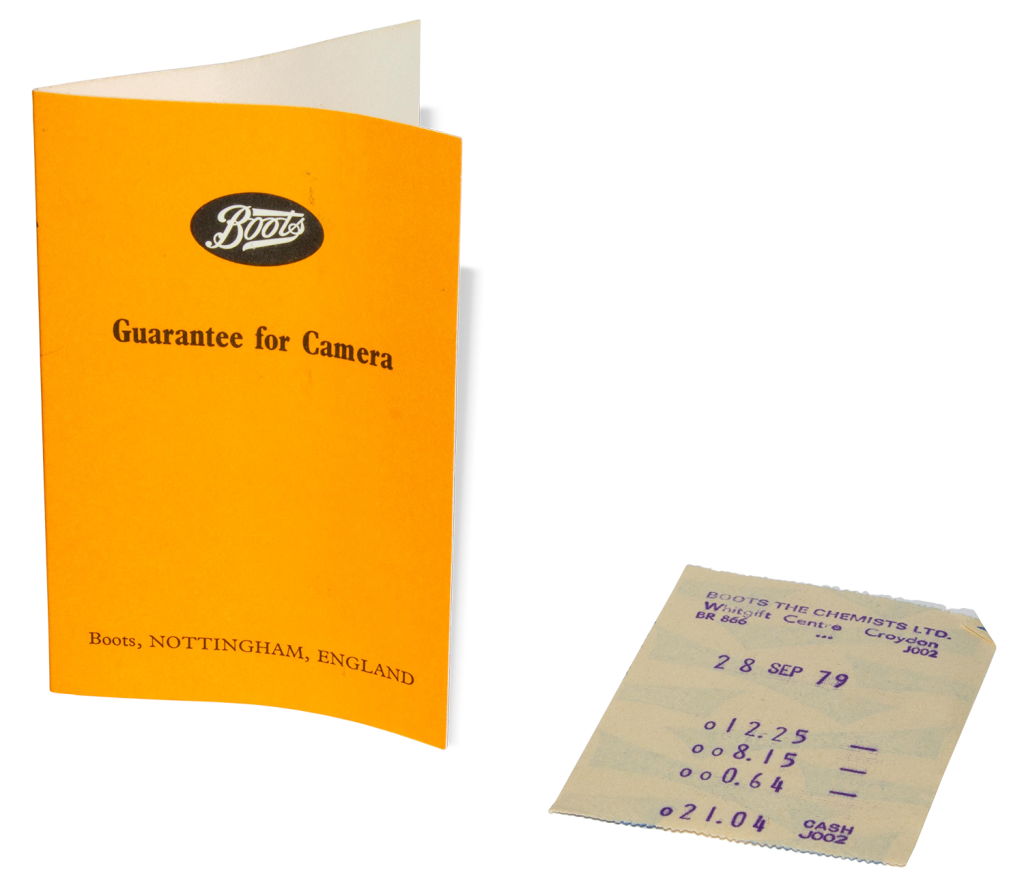
This one came to me with its packaging, with grantee and receipt and a case. The receipt details the purchase at the time, the camera costing £12.25, I am unsure if the £8.15 purchase was for the case as I believe they were sold with a case though there’s certainly no room in the box for it, but the 64p was most likely for the film.
The camera cost would in “todays money” be around £60, and the film around £3-4 in “todays money”.
Chinon 35EE (Prinz badged version)

The Chinon 35EE (my version is badged as a Prinz 35EE, which was a rebadging by UK retailer Dixons) is a compact rangefinder camera made in Japan.
I’ve wanted one of these for quite some time, however they seemed to command a higher price following the recent “film revival”, so I had to pick up a camera which needed some work!
Light Seals
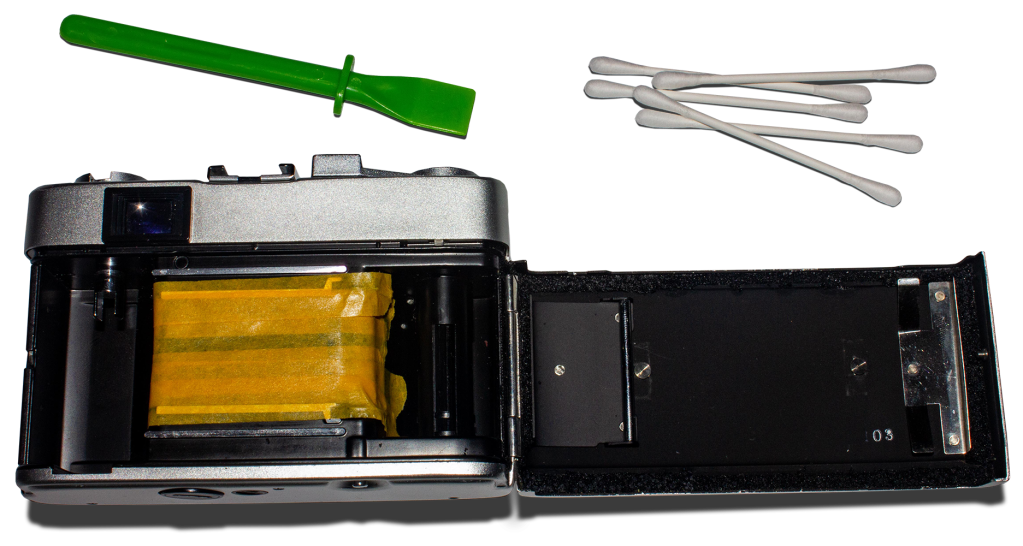
The light seals weren’t the worst I’ve seen but they had perished and turned into the sticky black substance which this foam turns into, so it was time for them to be replaced. Which meant it was time to get messy!
First step was to cover the film mask and shutter area, note and double check where the seals are, measuring widths if necessary, then to use isopropyl alcohol, a glue spreader (for scraping gently) and cotton buds all for cleaning the perished seals from the camera. I was helped this time by the seals for this particular camera being on the door… Then using some new foam replicating what was there before.
Back Leatherette
The other issue, purely aesthetic was that the leatherette covering on the door of the camera had shrunken, leaving an unsightly gap with discoloured adhesive.

So I set to work replacing the leatherette.
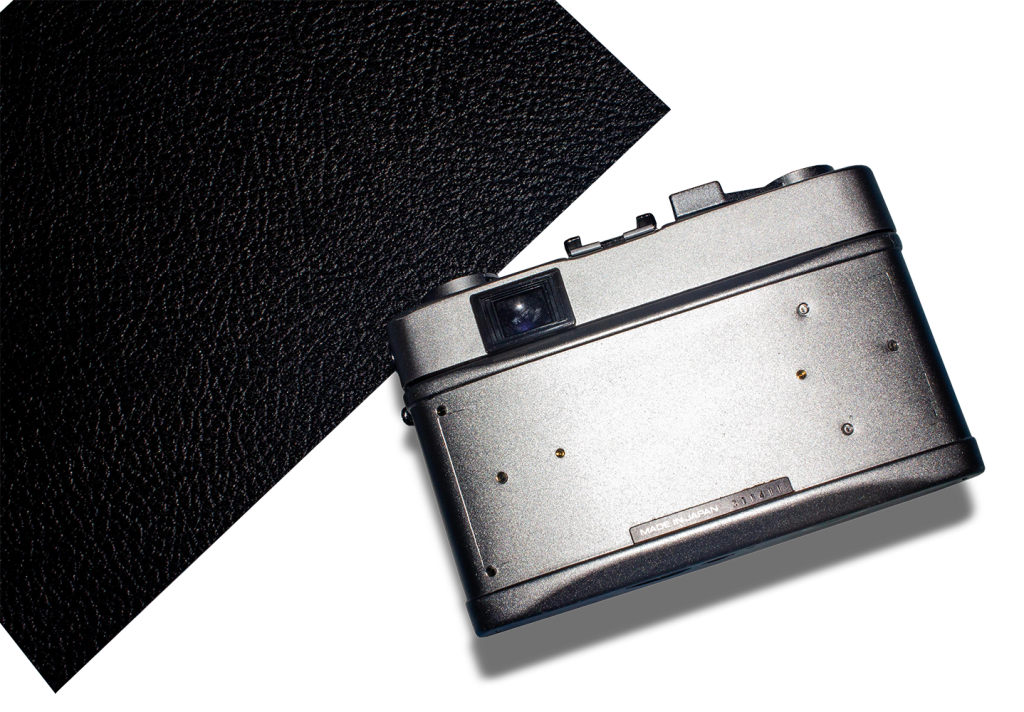
First was to remove the old leatherette and to clean off the residual adhesive. The new leather cover is ready and waiting.
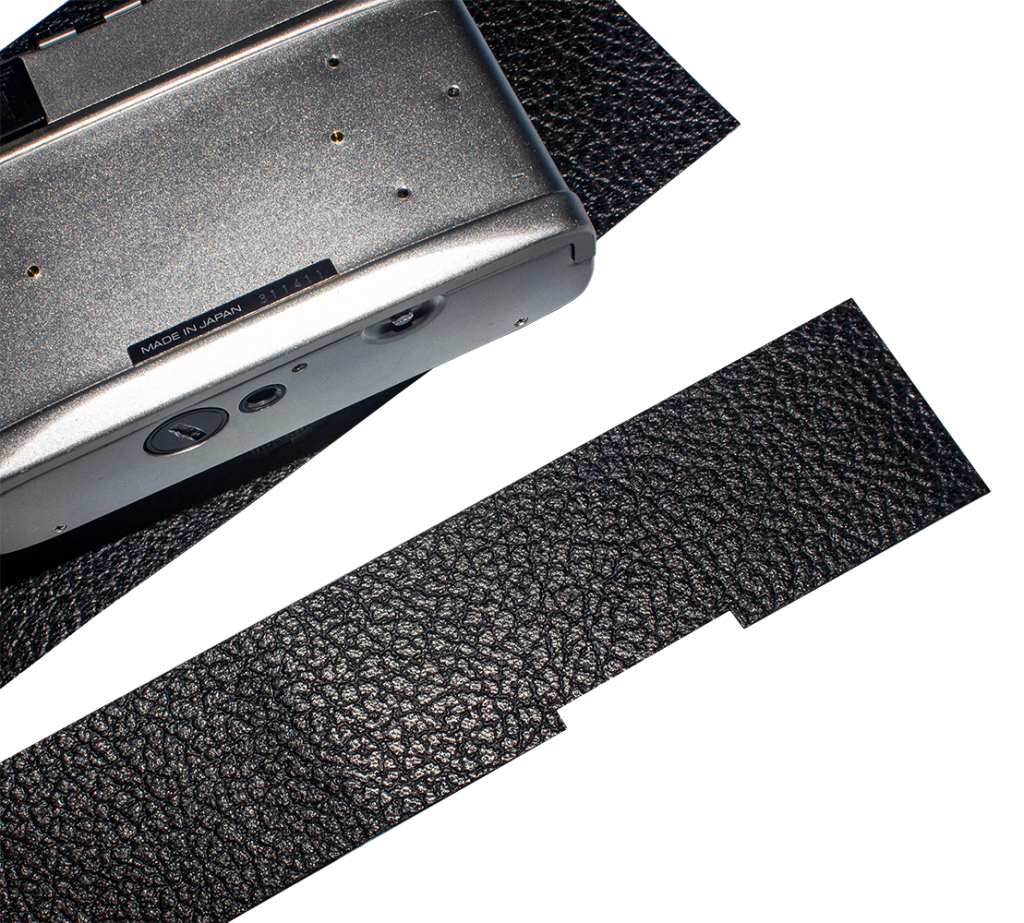
The next step is to cut out the new covering.
This was done by measuring the width needed and creating a paper template based on the original and double checked by fitting on the camera, this is then reversed and transferred to the back of the new leather cover (which is self adhesive).
Then it’s a case of fitting the new cover to the camera, being careful to keep things square, not to trap and dust and not to intentionally introduce any folds or bubble areas.
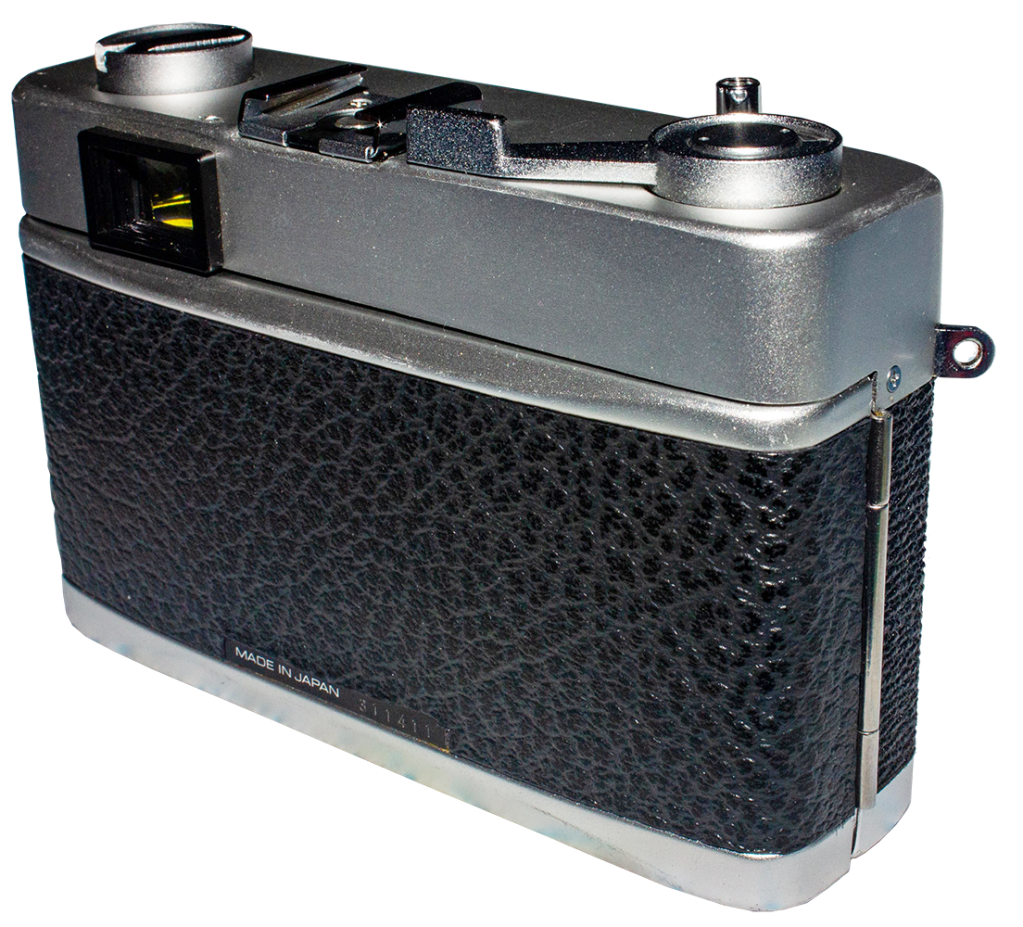
That’s it, the camera looks a lot tidier, it’s cleaner now and is more functional than before.
Minolta X-300
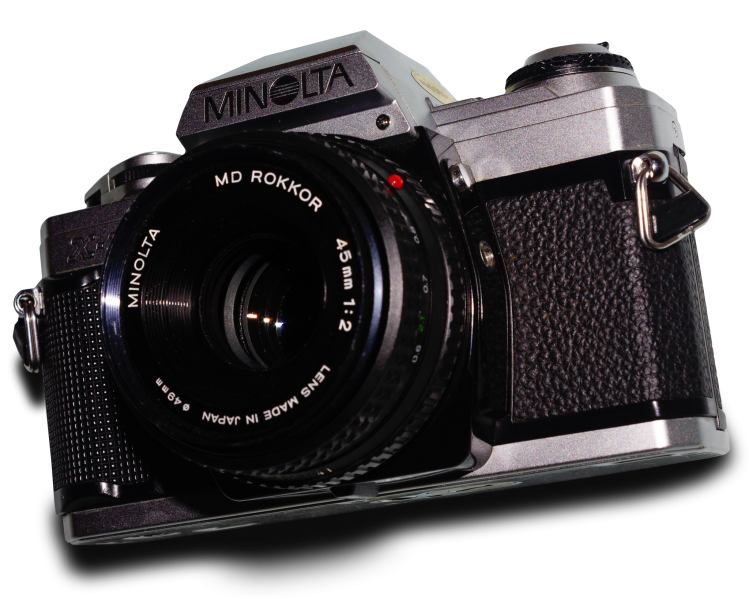
In production between 1984 and 1990 the X-300 was a cheaper version of the Minolta X-500.
The Japanese made Minolta X-300 is my go-to film camera really. Offering 24x36mm frames on 35mm film, and a very usable ISO range of 12-3200.
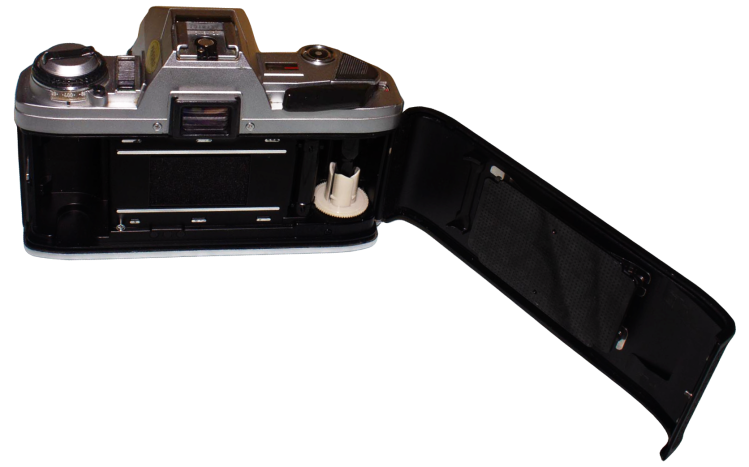
Minolta MD Rokkor 45mm f/2 Lens
An unassuming “pancake” type lens made in Japan, very usable and sharp. It’s a no nonsense manual focus lens.
Photax Super Paragon 28mm f/2.8 Lens
Paragon was the name used by Photax (distributors) when importing these lenses into the UK. They were actually made by Cimko (Cima Kōgaku Co. Ltd.), in Japan.
This is a beautiful lens and provides a wide angle with sharp optics.

Minolta AF-DL

Built in Japan (others were built in Malaysia) and introduced around 1987 the Minolta AF-DL, DL meaning dual lens was the halfway point between fixed lens and zoom lenses on automatic point and shoot film cameras.
The lens switches with a red button from 35mm to 50mm.
Olympus Trip 35
The Olympus Trip 35 was produced between 1967 and 1984. Later Olympus Trip cameras were plastic bodies in contrast to this one, which was manufactured sometime after 1978.

The camera operates with an auto exposure, choosing between two exposures 1/40 and 1/200.
The lens is a fixed 40mm Zuko lens, which has very sharp optics, you focus using four distance symbols on the top of the lens.
Olympus XA
This camera means quite a lot to me. I was given this camera by a very dear friend, she is an artist, author and photographer and we share a keen interested in not only photography but history and psychogeography.
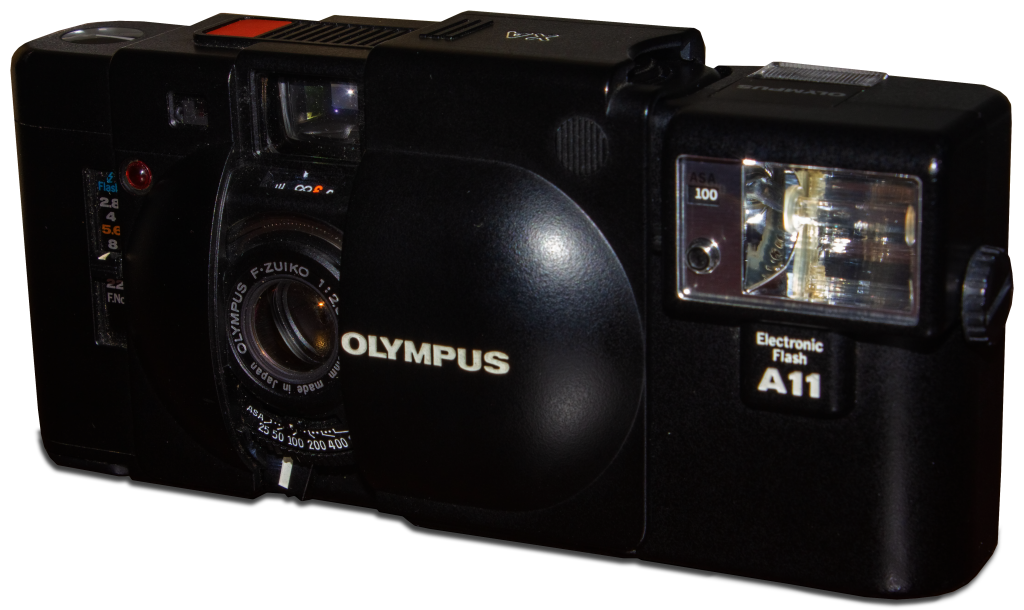
The camera itself was given to my friend by an artist and photographer (who was devoted equally to film as a medium). She’s had it a number of years and having supported my photographic work and been a close friend she decided to give it to me. I haven’t felt it right to use it yet, despite keeping it in working condition…
It’s just such a special camera to me.
Zenit-E
Krasnogorski Mekhanicheskii Zavod (KMZ) translation from Russian to English: Krasnogorsk Mechanical Plant was founded in 1942, starting to produce cameras in 1946. In 1952 KMZ started producing the Zenit family of cameras…

The Zenit-E was produced between 1965 and 1986, with such a long production period it should come as no surprise that 3.3 million camera were produced over the years.
I have two of theses cameras, funnily enough one with one of the lenses most commonly seen on the Zenit-E and one with the other lens…
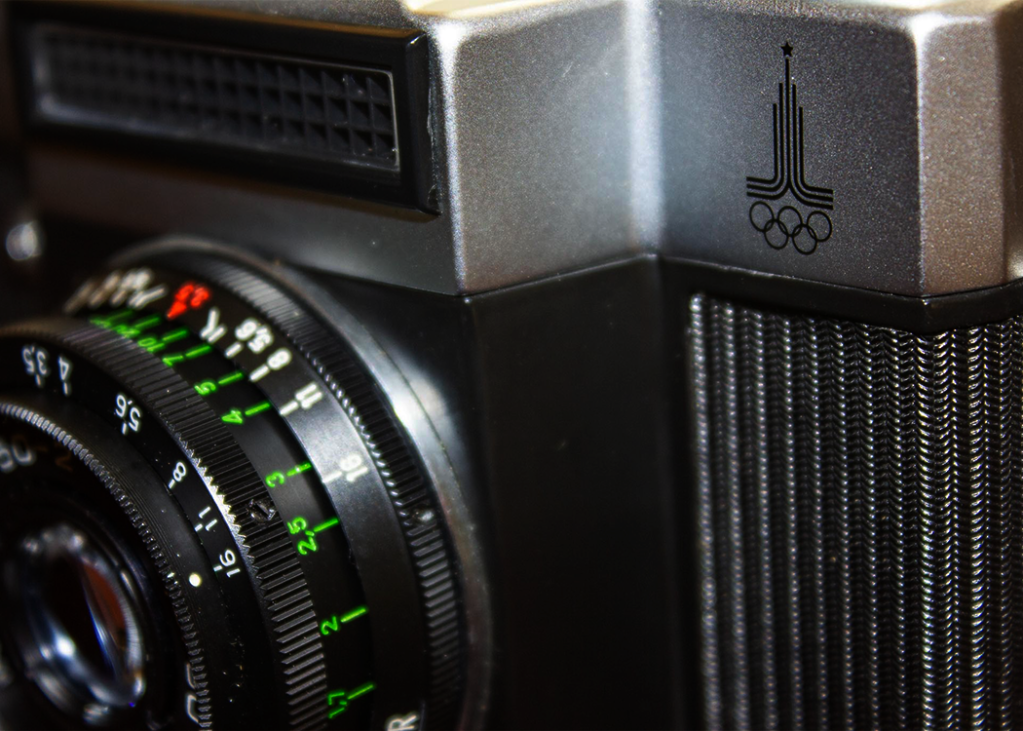
There’s another subtle different between the two however, one was a special edition to commemorate the 1980 Moscow Olympic Games. Apparently this Olympic edition an edition of 5000 units, which would make it around only around 0.15% of the entire production run of Zenit-E’s.
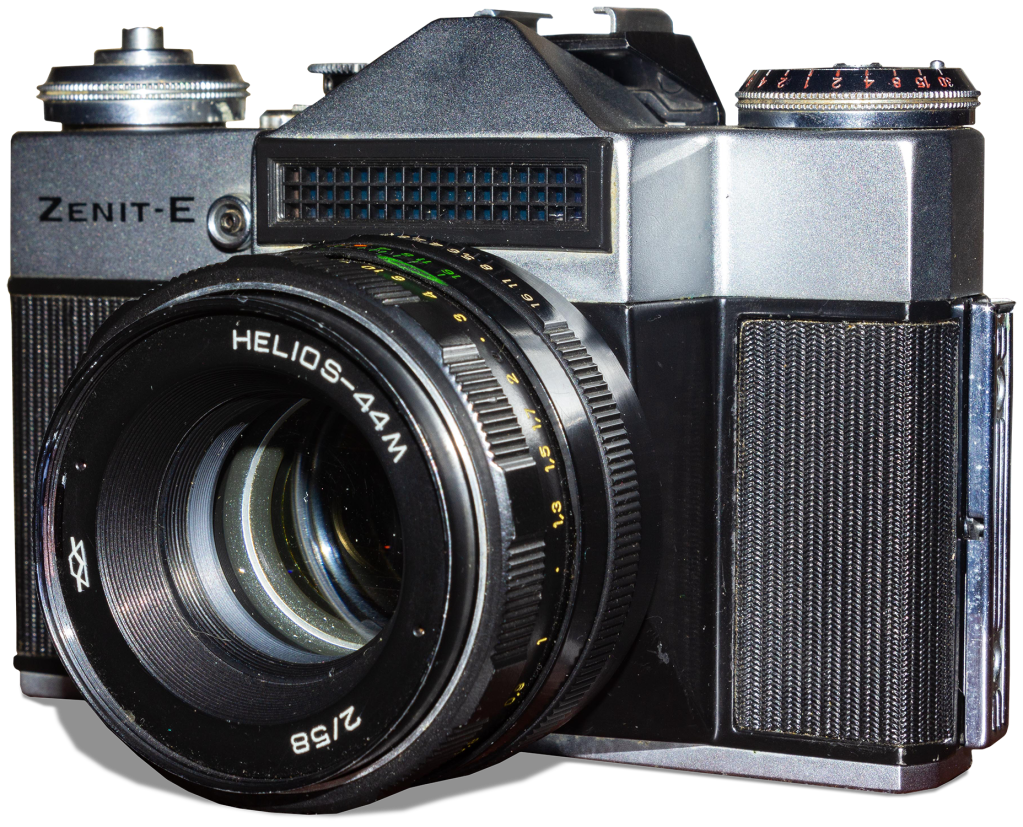
The other Zenit-E is more run of the mill.
Welmy 35mm
Another Japanese 35mm film camera, this one being totally mechanical. These were produced in the mid-late 1950’s and were rebadged in 1963 as Airequipt sold as part of a slide photography / projection kit. The Airequipt brand simply stuck over the Welmy name. The Welmy series of cameras where produced by Taisei Kōki.
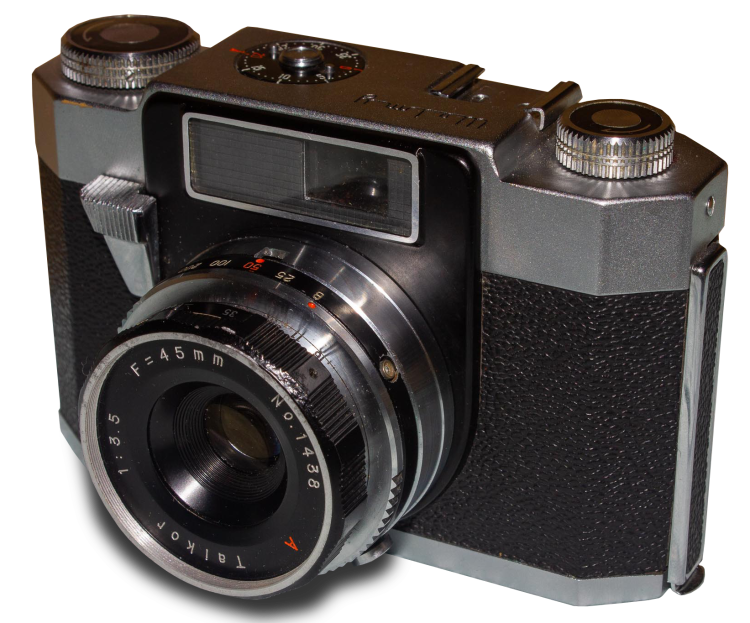
The camera has four shutter speed settings for 25th; 50th; 100th; 200th, also Bulb.
The camera features a resettable exposure counter.
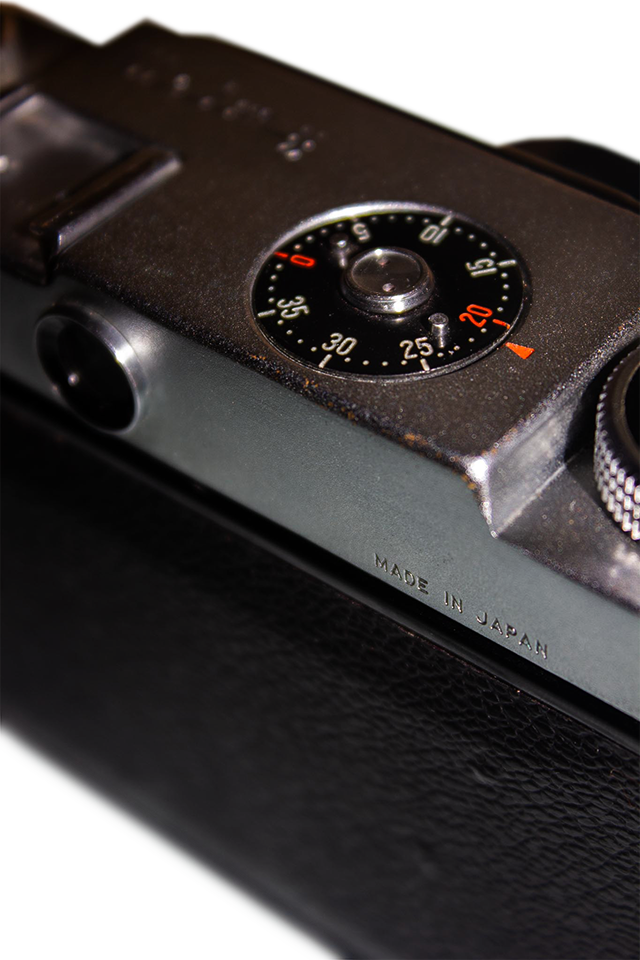
The stylised Welmy branding sits above the flash shoe, on the Airequipt rebadged version this was covered.
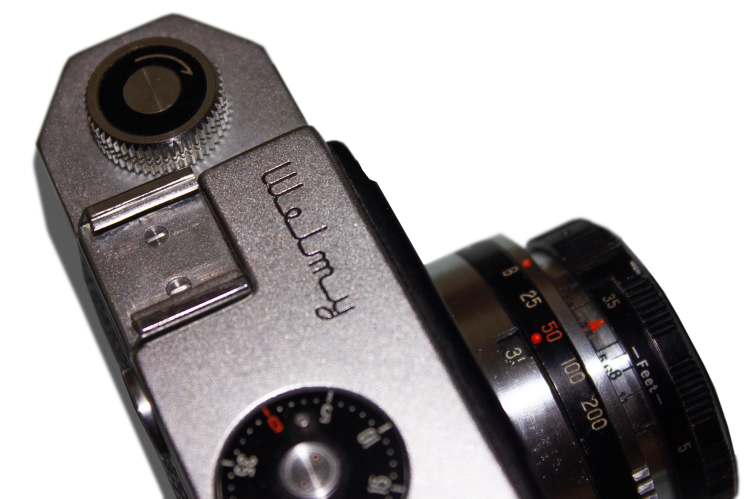
This camera is quite simple and I like the simple functionality.
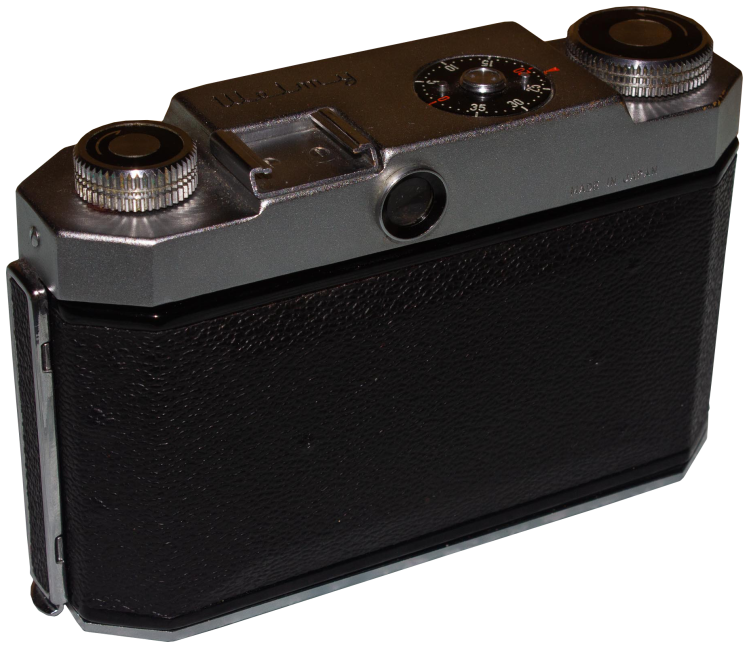
Interestingly there’s some details of the original retailer on the inside.

Established in 1902, Westminster Photographic Exchange LTD had a shop on the Strand in London from 1935.
Miranda 35SF
A lot of people say this camera is a mystery, but that isn’t the case. Miranda were a Japanese company producing a good number of 35mm film cameras.
However in 1985 British electronics and camera retailer Dixons had a number of different types of film camera manufactured in China, these were branded as Miranda, with Dixons acquiring the rights to that name. A lot of this rebadged output seemed to be rebadged Cosina cameras, however this one is firmly based on the Haking Halina MW35S which was manufactured in Hong Kong, but somehow seems a much better build quality than any Halina MW35S I’ve had hold of.
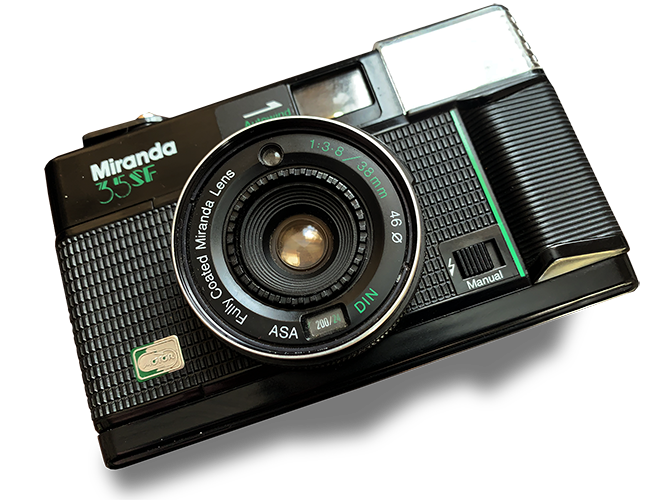
Not only did Haking produce these cameras badged for retailer Dixons but for Boots too, the Boots example was black and red in colour whereas the Miranda branded Dixons version was black with green accents…
Minolta Vectis 20
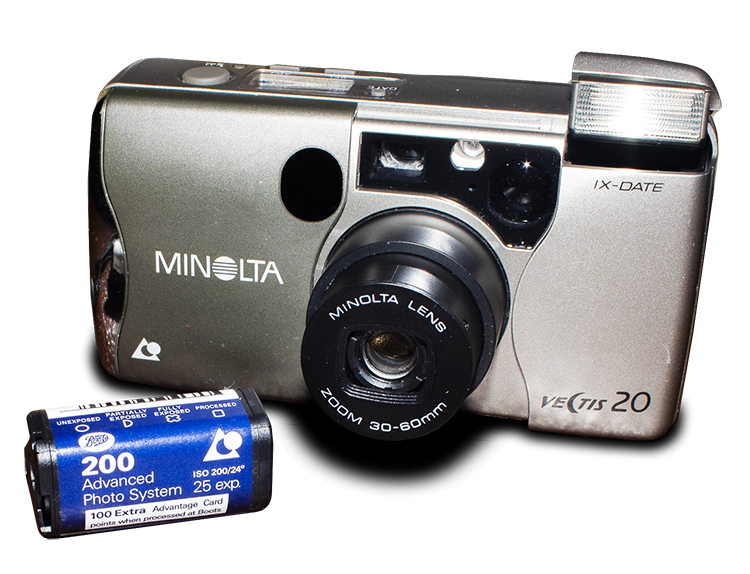
The Vectis 20 is a sliding cover compact film camera, taking the now discontinued Advanced Photo System (APS) film.
APS was introduced in 1996 as a modern alternative for the more conventional 35mm film. Whilst a popular format with a number of cameras manufactured to take the film, the film type ceased to be made and by 2013 most of the stock of APS film had depleted.
Balda Bünde Baldixette
Dating from around 1956 this simple West German 120 film camera, taking 6×6 exposures offers very little in the way of options, its simplicity is what makes this camera amazing however.
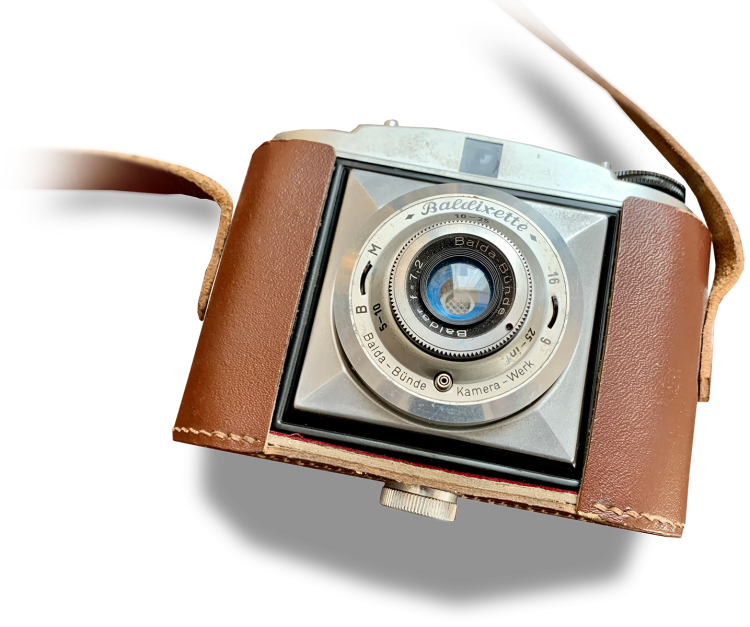
It has a collapsible fixed lens focal length about 72mm, and shoots either with one fixed shutter speed (around 1/60th of a second) or in a bulb mode. You can chose between f9 and f16 in terms of aperture, both this and the shutter speed are selectable on the lens. This one allows for double exposures, which some people see as a negative point, not so in my case.
Whilst I do buy film cameras and accessories these are all used, so they are a collection but I don’t view myself as a camera collector, the cameras, lenses and other accessories whilst looked after and cared for were all bought to be used and to take photographs with…
